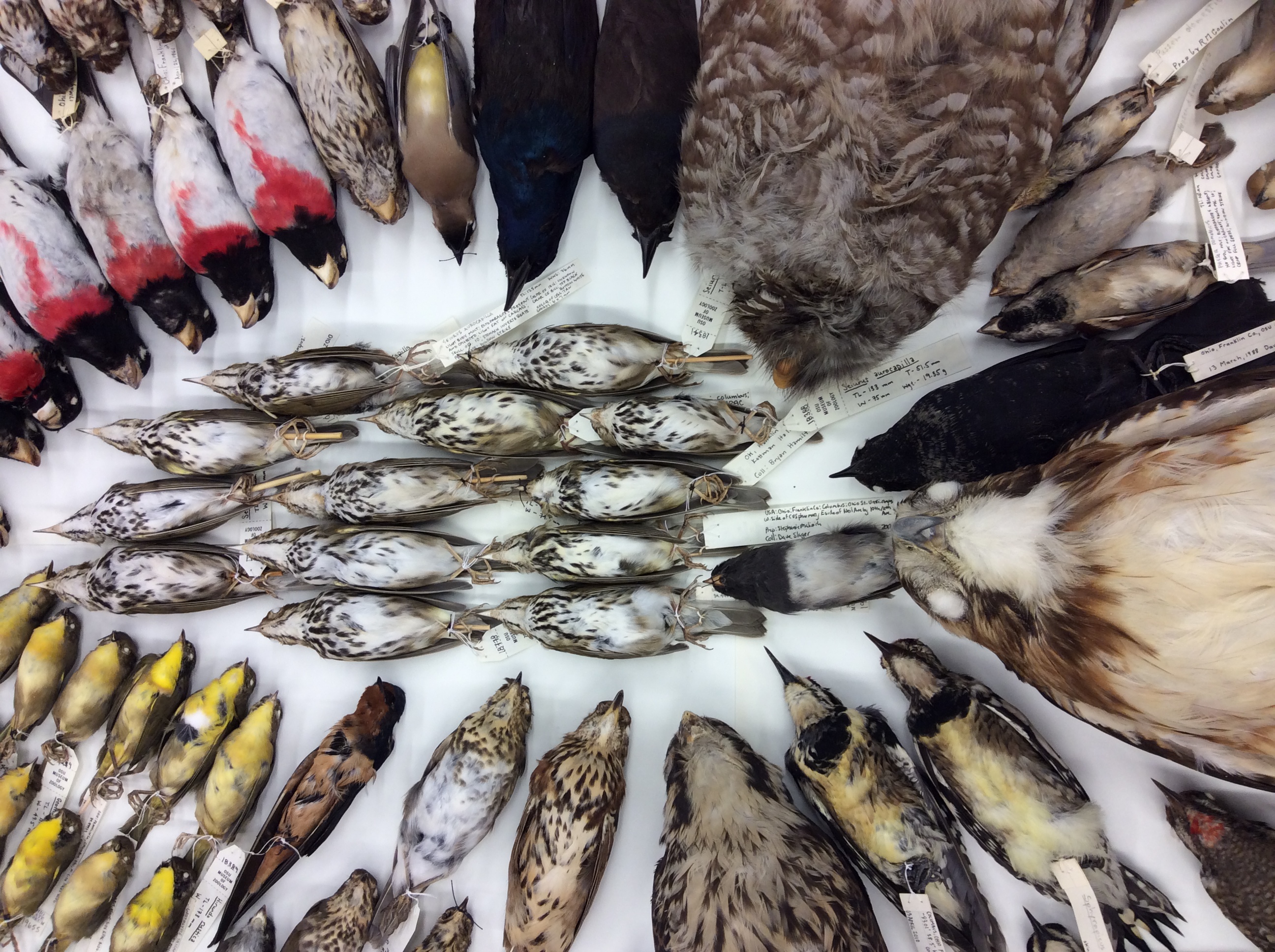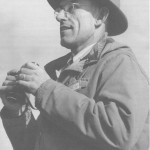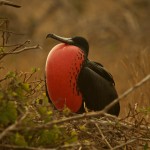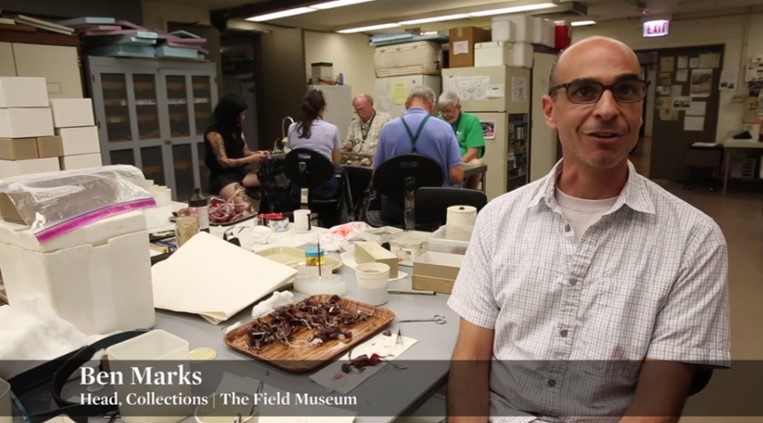Millions of birds migrate south every fall. You may have noticed some recent changes in your backyard bird community. Most of our summer residents have left by now, Tree Swallows and Eastern Bluebirds will be back next spring. Some birds will not succeed on their long journeys, because we have put up many obstacles for them to overcome, such as buildings with clear, shiny windows. Birds try to fly right through them. Thousands of volunteers like you pick up these window-killed birds and take them to their local natural history museum. We prepare them into specimen skins and preserve them for future research.
Over the years these specimens paint a picture of certain routes particular species take, the timing of their migration etc. We have learned that not all individuals of a species migrate at the same time, often young birds migrate later than adults, females differently from males.
- OSUM Bird 18377 Magnolia Warbler, immature
- OSUM Birds 10447 Rose-breasted Grosbeak
To find out when to expect migrating birds in your area visit the Black Swamp Bird Observatory. We can learn so much from our museum bird skins and studies will help us make migration safer for today’s birds.
Sometimes birds get blown off track on their long journey and end up in an unusual location. With so many bird watchers today, these birds usually stir quite a bird watching frenzy. In the past some of them have ended up in our collection like this Magnificent Frigatebird that Milton Trautman collected in Morrow county, Ohio on October 2nd in 1967, almost 50 years ago.
- Milton B Trautman
- close-up of label of OSUM Bird 13510
- OSUM Bird 13510 Magnificent Frigatebird Fregata magnificens
- Magnificent Frigatebird with inflated red throat pouch
- Magnificent Frigatebird displaying inflated red throat pouch
Natural history museum across the country help with these efforts. Read about this student’s project “What can we learn from 30+ years of bird migration data?” at the Field Museum in Chicago.
Before you get involved you may want to read this testimony from volunteers at the Field Museum who collected and prepared many of the specimens for the above study.
Watch this video:










